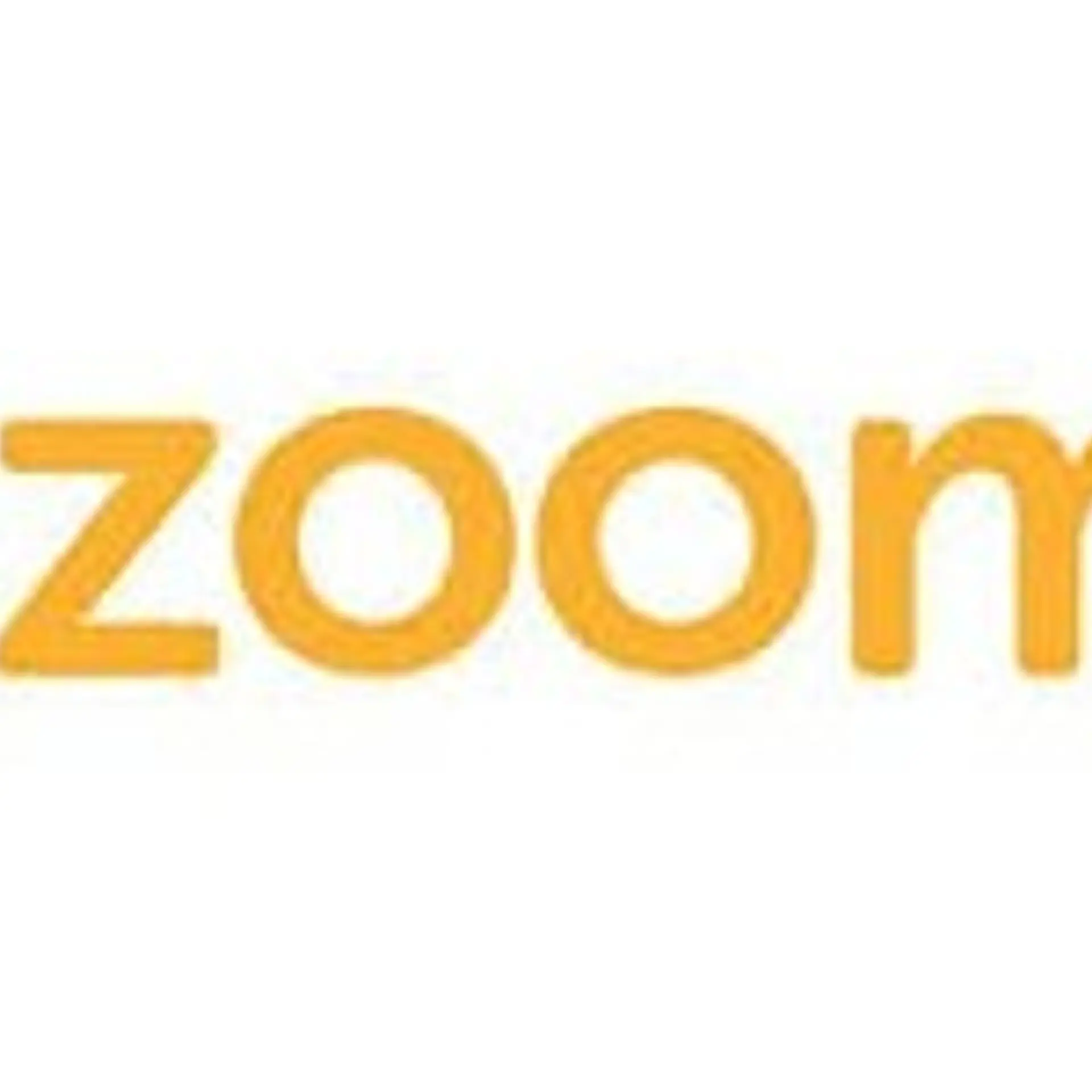

Importance of YouTube as an Advertising Platform and Different Ad Options Available
As the second most popular search engine in the world today behind Google only, YouTube is quickly becoming the advertising platform of choice for start-ups to Fortune 500 companies.
YouTube, is one of Google’s subsidiaries, headquartered in San Bruno, California. It’s widely famous as a video-sharing website and has become the second most popular search engine in the world today behind google only. YouTube is a platform of choice when it comes to promoting a brand online.
Why Advertise on YouTube?
More content is uploaded on YouTube than any major U.S. television shows. Statistics suggest that on an average, a YouTube user spends 15-25 minutes a day, it has over 1.8 billion users i.e. 26 billion minutes of streaming.
YouTube ads allows advertisers to increase their potential in marketing as one can advertise when a user watches or searches for videos – and only pay when they show interest.
Viral video is the term for a video that spreads quickly to a large audience on the internet. YouTube now houses major viral videos and traffic from all other different social media platforms. Companies can redirect consumers from platforms like Facebook, Twitter or Instagram to YouTube videos to draw public attention, in turn, making a video viral.
Therefore, hosting an ad on any viral video or just any other video will certainly earn a great revenue.
YouTube has been the most dominant video-sharing website and continues to rise for its sole purpose has always been video streaming.
YouTube now offers six different ad formats, in fact it has become a norm where user watching videos, expects some sort of advertisement.
Various Ad Formats on YouTube:
1. Display Ads: These ads are built for Desktops, and appear to the right of the feature video and above suggestions list. They come in a resolution of 300x250 or 300x60.
2. Overlay Ads: These are semi-transparent ads, built for desktops and are displayed on the lower 20% portion of your video. They come in resolution of 468x60 or 728x90 and also as image or text.
3. Skippable Video Ads: These are skippable ads built for all platforms available. It allows users to skip an advertisement after 5 second of its playback, if they choose to. These ads can be put before, during or after the main video.
4. Non-skippable Video Ads: These are the compulsory ads that can not be skipped and have to be seen to resume with the main video. They are built for desktop and mobile devices, plays in video player and are of 15-20 seconds (based on regional standards).
5. Bumper Ads: These ads are non-skippable, built for desktop and mobile, and run up to 6 seconds. These appear during the main video playback and may even come up consecutively depending on the length of the main video.
6. Sponsored Ads: These ads display content, such as products featured in the video, that are relevant to you. Viewers will be shown a teaser for the card for a few seconds, and then will be minimised to top-right corner of the video.
YouTube offers a number of opportunities for various types of ads, which are not only limited to static ads, but also video. Also, YouTube comprises of users of all age groups, and thus ads of all sort of products and services could be serviced.
Therefore, it could be concluded that YouTube is quite a promising platform for advertising and bringing all the traffic to your website or product.
One can either run YouTube Ads in-house or hire a Google Ads agency to do the same.



![Top 10 Cheap Indian Press Release Distribution Services [Updated]](https://images.yourstory.com/cs/1/b3c72b9bab5e11e88691f70342131e20/LOGO-DESIGN-PR-INDIA-WIRE-03-1595693999405.png?mode=crop&crop=faces&ar=1%3A1&format=auto&w=1920&q=75)


